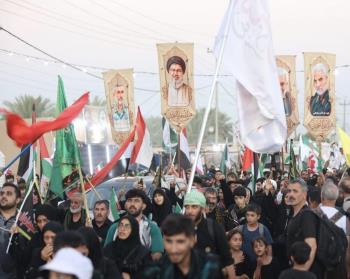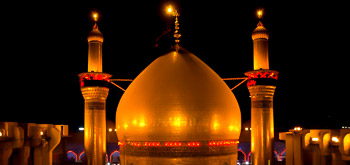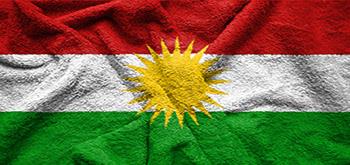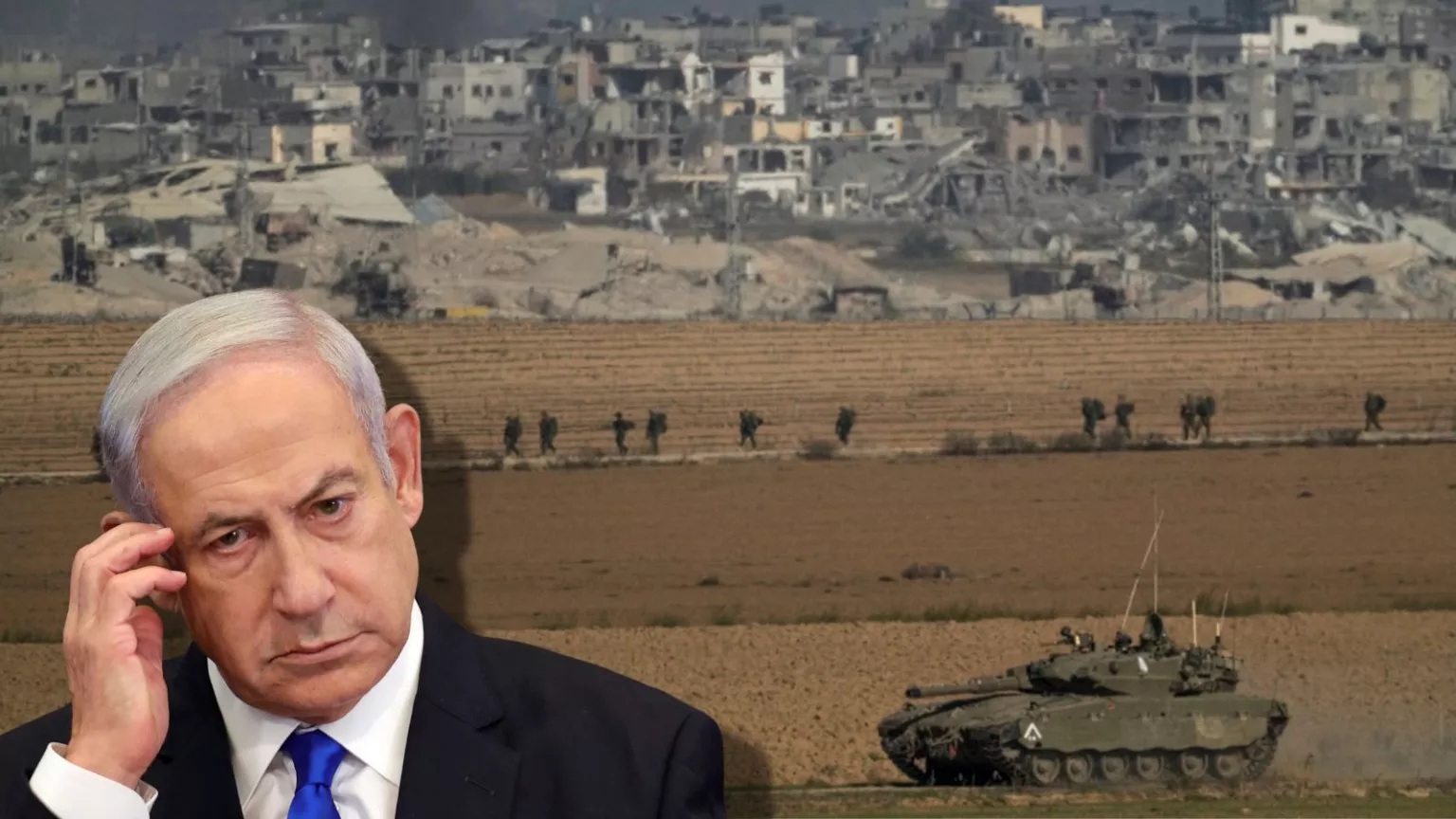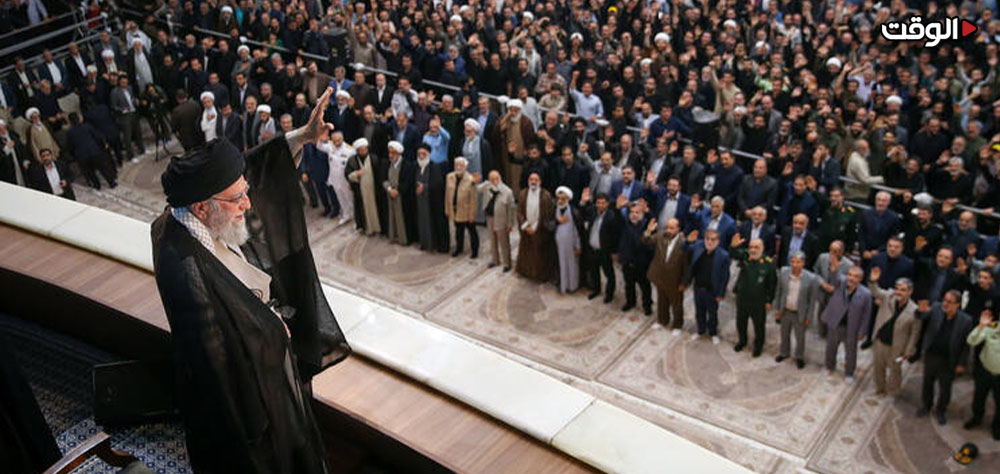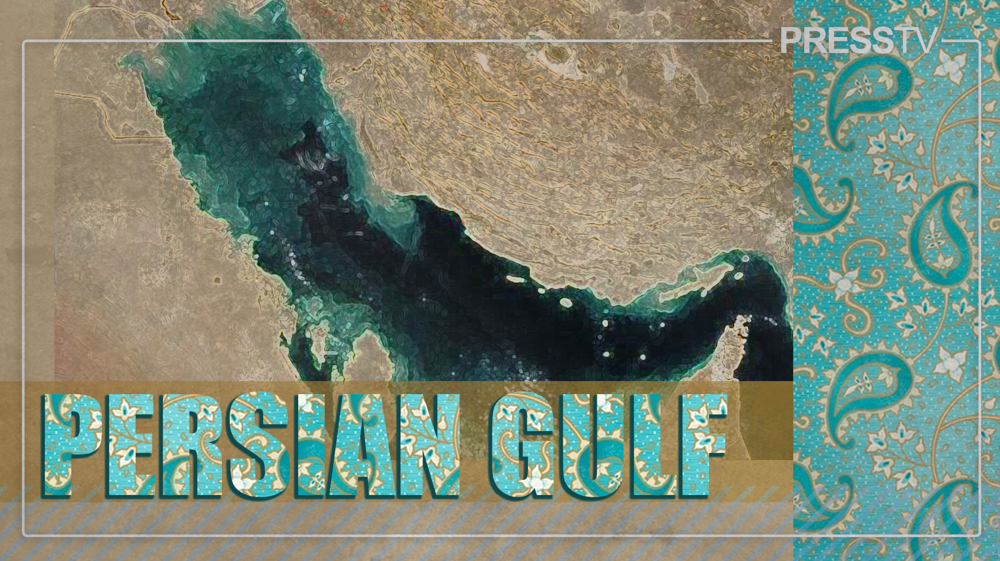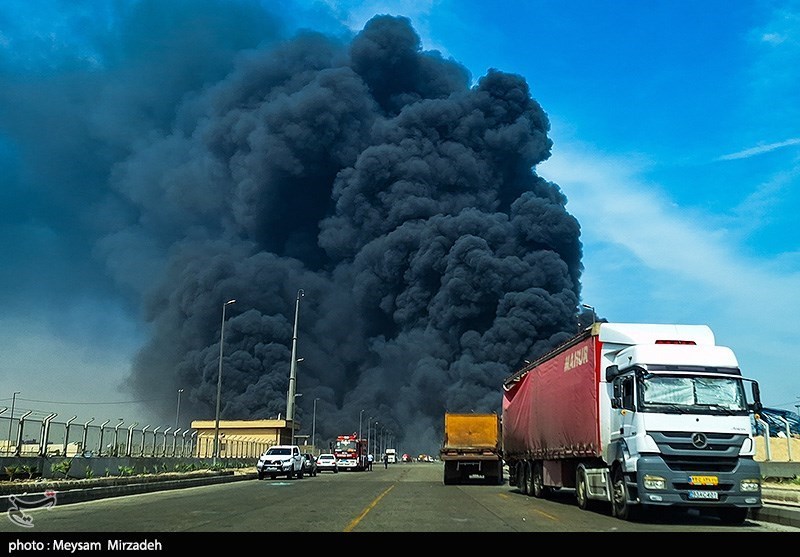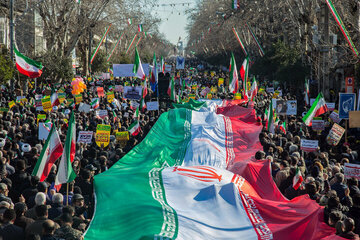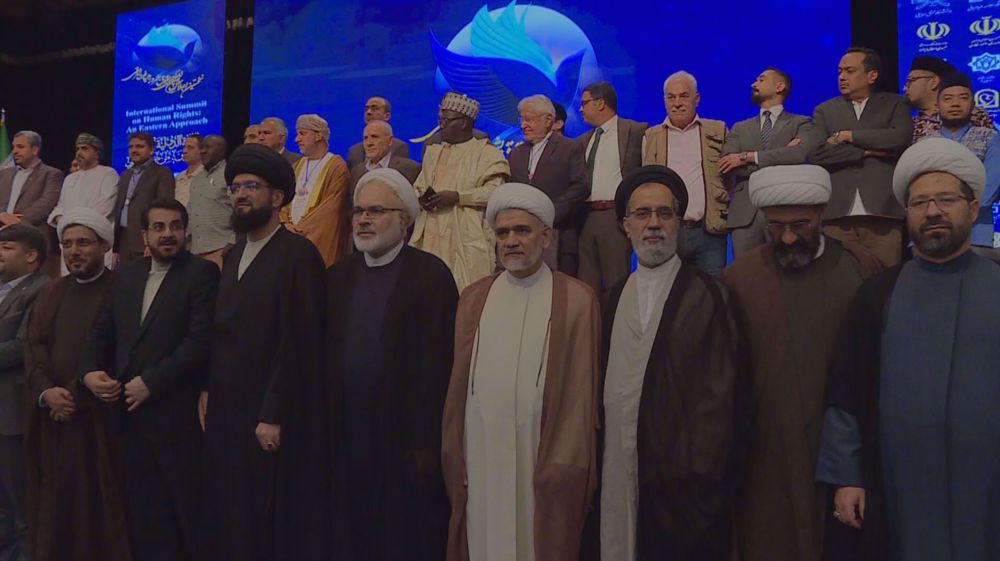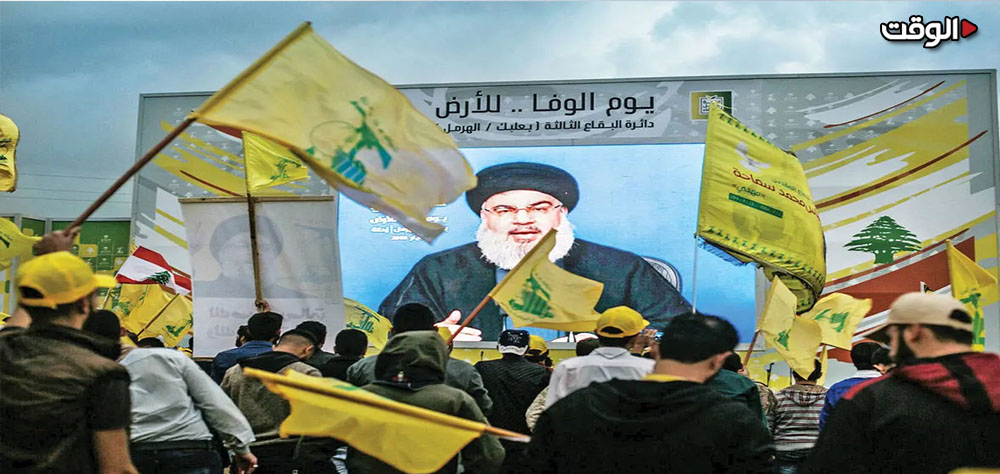Alwaght- It has been nearly two years since Gaza war began in October 2023. The war began with big promises and clear goals of the Israeli cabinet. Destroying Hamas military power, freeing the prisoners, securing the settlers, and making new governance arrangements in Gaza. However, on August 10, the Israeli Prime Minister Benjamin Netanyahu outlined the initial goals this time in 5 conditions for end of war:
1. Full disarming of Hamas
2. Freeing all prisoners
3. Demilitarizing Gaza
4. Gaining security control over Gaza
5. Forming a civil government unrelated to Hamas and the Palestinian Authority
This return to the square one carries a meaning beyond a diplomatic position. It is an indirect admission to the failure of operations, plans, and political and military maneuvers over the past 22 months. This landscape has not only deepened the political gaps inside the cabinet and the Israeli society, but has also shown that Netanyahu is now unprecedentedly exposed to home pressure and public distrust.
Goals not realized: From big promises to operational impasse
In late 2023, Netanyahu and his allies declared in a firm tone that “Gaza will never return to the situation it was before October 7.” But today, neither Hamas’s military power has been completely destroyed, nor have all the hostages been released, nor has an alternative governing structure been formed in Gaza. According to Israeli military reports, Hamas has even managed to restore part of its tunnel network and command structure and continue sporadic attacks.
In these circumstances, repeating the same initial goals as new conditions is, for many domestic observers, a clear admission of strategic failure. Critical media describe this setback as a sign of “politicization of the war” and “cabinet lack of planning.”
Cabinet fissures: right-wing pressure and election threat
Hard-line cabinet members, especially from the religious right, have called on Netanyahu to implement the plan to completely occupy Gaza as quickly as possible. Bezalel Smotrich and Itamar Ben-Gvir have even threatened to call for early elections if the government delays the plan. On the other hand, some ministers and military commanders believe that such a plan, without a ceasefire agreement and guarantees for the return of the hostages, could turn Gaza into another Vietnam for the Israeli forces and impose unbearable human and economic costs.
Street protests: From families of prisoners to the civil movements
In recent days, massive protests in Tel Aviv, Haifa, and Be'er Sheva against prolonged war and the plan for full occupation of Gaza have escalated. Families of prisoners, while now only 20 out of 50 remaining prisoners are alive, accuse the government of total indifference to the lives of their members. They say Netanyahu would even victimize the prisoners to stay in power.
Civil movements and social unions have also gotten involved. Even a section of the Haredi community — which has always opposed conscription — has joined the protest movement, calling the war “futile.” The presence of this religious group in the protests reflects the spread of discontent to groups that usually distance themselves from the government’s foreign policy.
Home critics believe that the PM is more obsessed with his political survival than with national security or the release of hostages. By perpetuating the war and avoiding accepting defeat, he is trying to delay the collapse of his cabinet and his possible trial on corruption charges.
Yair Lapid, the opposition leader, has explicitly called on the people to overthrow the Netanyahu government through mass protests. This call has been met with increasing acceptance, and the size of anti-war rallies has increased substantially in recent days.
Gaps in the military: Commanders warn
One of the major developments in recent days is the open warning by senior military commanders about full Gaza seizure plan. The Chief of the General Staff of Israel, Eyal Zamir, announced that such an operation not only does not guarantee Israeli security, but also would endanger lives of prisoners and can erode military power.
Also, over 1,000 retired and active air force personnel and pilots in a petition accused the government of continuing the war for personal aims of Netanyahu. They stated that they intend to protest war expansion outside the building of the army's central command.
The protest by the pilots, as the most important part of the Israeli army, sends an important message about the rising voice of opposition among the military and possibly refusal to follow orders in the future. Meanwhile, the decline in motivation among the reservists and the refusal of some of them to return to service is another sign of the morale crisis in the army.
Costs of full Gaza occupation: From recruitment to economic crisis
Estimates suggest that implementation of the plan takes recruitment of over 400,000 forces, long-term deployment, and billions of dollars in operation costs. Such a large number of forces is currently facing society resistance, especially the Haredim community and families of prisoners.
From an economic perspective, the ongoing war has led to a slowdown in tourism, exports, and foreign investment. Unemployment rates in some areas have reached a ten-year high, and the government's public debt is rocketing.
Risk of cabinet collapse and scenarios ahead
As foreign pressures build on Tel Aviv government, two scenarios can be raised here:
1. Bowing to pressure and accepting a ceasefire with a hostage swap agreement, which could split the right-wing part of the cabinet.
2. Moving forward with a full-scale occupation plan to win support from the far-right, which risks prolonging the war, exhausting the army, and compounding the economic crisis.
In either case, Netanyahu’s political survival is in serious doubt, and early elections are not out of the question in the coming months.
For Tel Aviv, Gaza is no longer just a battlefield; it has made its way into the heart of domestic politics, into the streets of Tel Aviv, and even into the command of the army. This fact is perhaps the most significant obstacle to a full-scale occupation plan—a plan that, if implemented, could sink Israel into a war of attrition with consequences extending far beyond Gaza borders.
Israel's current situation in the Gaza war is more than just a military crisis—it is a complex web of political, social, economic, and moral challenges. Reiterating his initial war objectives, Netanyahu has effectively admitted that two years of fighting have failed to deliver on his promises. Meanwhile, an exhausted society, a fractured military, and a strained economy are boxing him into an increasingly tight corner with each passing day.

